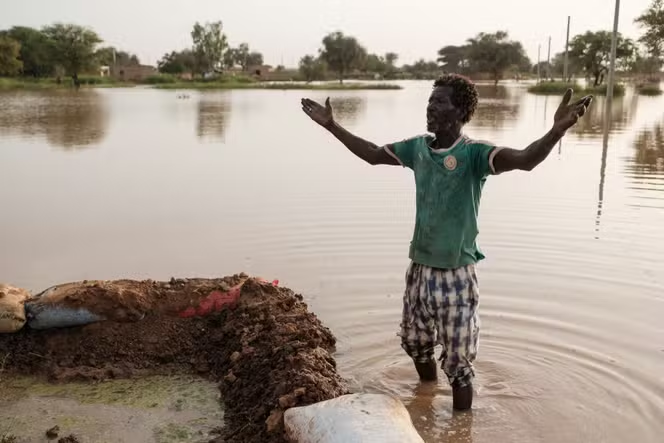
Residents of the Senegal River Valley are on high alert as forecasts predict heavy rains between 18 and 22 August 2025, reviving fears of a repeat of last year’s devastating floods.
The 2024 disaster forced thousands from their homes and inundated vast tracts of farmland, leaving a lasting impression on communities still recovering from the economic and social impact.
The Ministry of Hydraulics and Sanitation has intensified monitoring efforts, with water levels at key stations reaching critical heights. At Bakel, the river stands at 9.21 meters, while Matam records 7.26 meters—just shy of the official alert thresholds.
Experts warn that overflows could occur in lower sections of the river even before formal alarm levels are reached, underscoring the urgency of proactive measures.
In a statement issued on 17 August, the ministry refuted circulating social media claims about technical issues with upstream dams, emphasizing that such reports are false.
“This information is false,” the ministry reiterated, while stressing that the flood risk remains real. Authorities have called on residents in vulnerable municipalities to safeguard property and prepare for potential evacuations. Governors, prefects, and technical services are mobilized to implement preventive measures and ensure rapid assistance if the river breaches its banks.
The government’s strategy focuses on anticipation rather than reaction. Awareness campaigns are underway, and resources are being pre-positioned to minimize disruption and protect local populations. Officials stress that every hour gained before potential overflows can significantly reduce the number of families affected and limit material losses.
“The coming days will be decisive,” said a ministry spokesperson. “We are combining technical vigilance with human mobilization to prevent a catastrophe.”
As Senegal braces for the expected rainfall, residents and authorities alike are preparing for a critical test. The hope is that swift preventive action, informed by lessons from 2024, will mitigate the impact and prevent a new episode of flooding from further straining the region’s communities.



